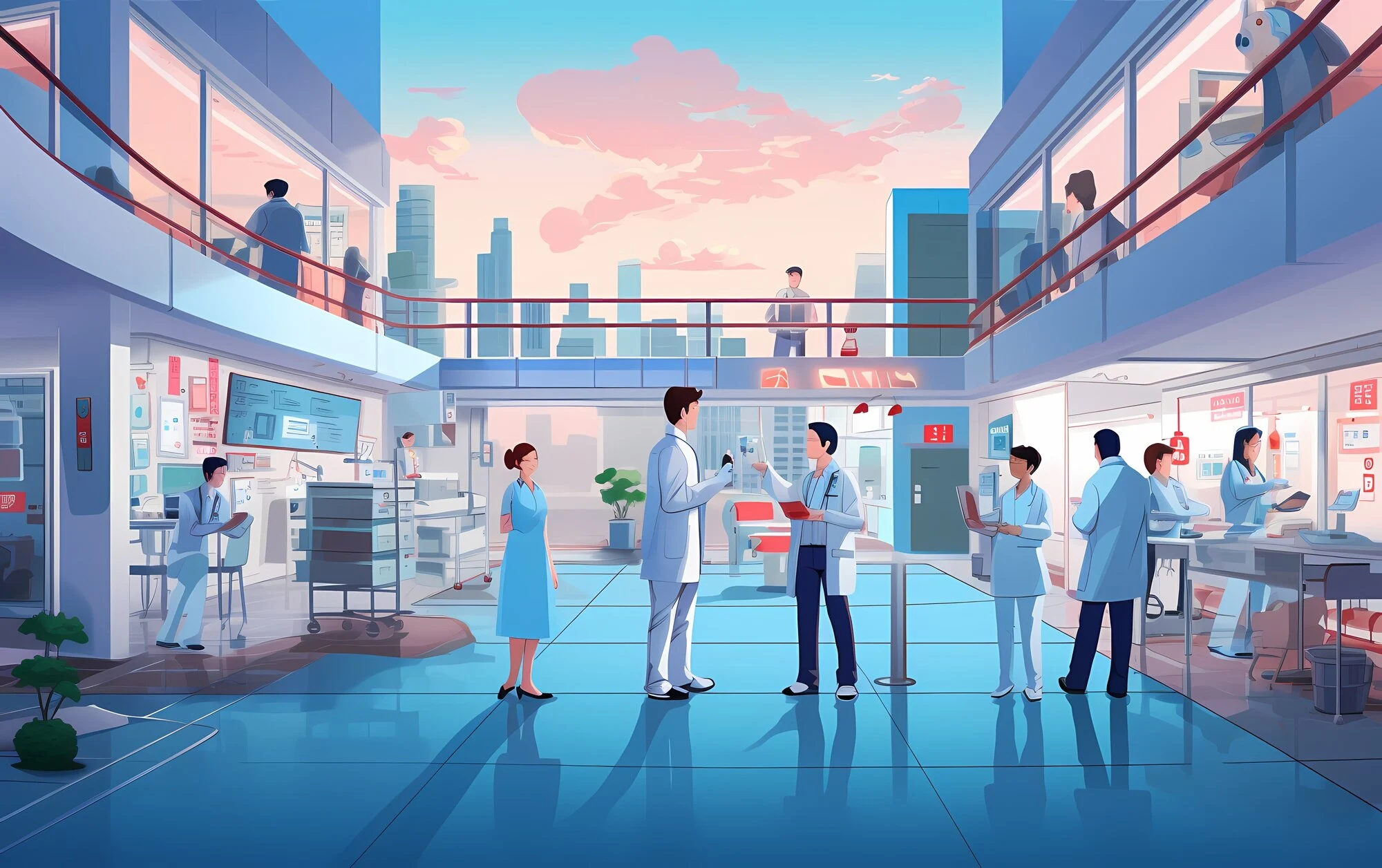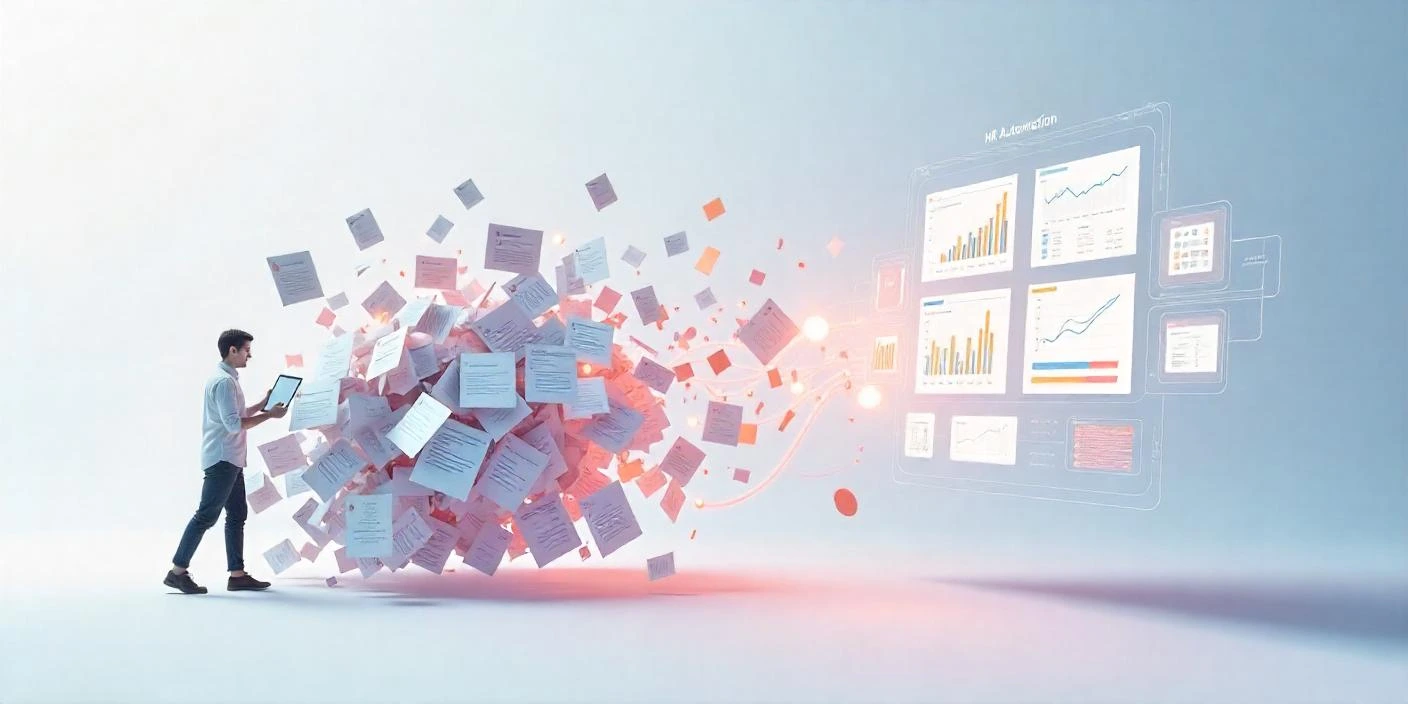AI is transforming how we work and boosting efficiency in the workforce.
Generative AI, a groundbreaking subset of artificial intelligence, has taken the world by storm. Since its emergence, generative AI has unlocked unprecedented opportunities. It powers creative tools that assist in everything from content creation to product design, offering a level of personalisation and efficiency previously unimaginable. Companies are leveraging generative AI to automate complex tasks, generate insights, and enhance decision-making processes.
The Adoption of AI Across Industries and Opportunities in the Workforce
The adoption of generative AI is accelerating as businesses recognise its potential. In the workforce, it’s being used to streamline operations, improve customer experiences, and drive innovation. HR departments utilise it for talent acquisition and employee engagement, while marketing teams employ it for personalised campaigns. In healthcare, it aids in drug discovery and personalised medicine, showcasing its vast applicability.

Generative AI offers transformative opportunities. It empowers employees to focus on higher-value tasks by automating routine activities. It enhances creativity and productivity, allowing professionals to generate ideas and solutions at a faster pace. Moreover, generative AI provides tools for continuous learning and development, ensuring the workforce remains adaptable and future-ready.
Artificial Intelligence (AI), this dream is fast becoming a reality for many businesses. Whether you’re an executive, a company owner, an HR professional, or an employee,
AI is transforming how we work and boosting efficiency in the workforce. Let’s explore how.
Measuring Efficiency: Then and Now
Historically, workplace efficiency has been measured using a combination of quantitative and qualitative metrics. These include:
- Output per Employee: The amount of work produced by each employee within a specific period.
- Error Rates: The frequency of mistakes or rework needed, indicating the quality of the output.
- Employee Utilisation: The percentage of time employees spend on productive tasks versus idle time or non-productive activities.
These metrics have provided a baseline for understanding productivity levels, but they have limitations. They often fail to capture the complexity of modern work environments and the multifaceted nature of efficiency.
With the advent of digital tools and analytics, measuring efficiency has evolved. Today, organisations use advanced metrics such as:
- Performance Analytics: Leveraging data to analyse individual and team performance trends over time.
- Engagement Scores: Assessing employee engagement and satisfaction, which directly impact productivity.
- Project Completion Rates: Tracking the timely completion of projects and adherence to deadlines.
- Customer Feedback: Using customer satisfaction scores to gauge the effectiveness and efficiency of customer-facing roles.
While these metrics offer a more nuanced view of efficiency, they still rely heavily on manual data collection and analysis. This is where AI steps in, impacting how we measure and enhance efficiency.
How AI is Increasing Workforce Efficiency
- Automation of Routine Tasks: One of the most significant ways AI boosts efficiency is by automating repetitive tasks. Think about the countless hours spent on data entry, scheduling, and email management. AI-powered tools can handle these tasks effortlessly. For example, tools like x.ai and fireflies.ai coordinate meeting times by communicating directly with participants, saving hours of back-and-forth emails.
- Enhanced Decision-Making: In the age of information overload, making quick, informed decisions is crucial. AI excels in analysing vast amounts of data in real-time, providing actionable insights that might be missed otherwise. For instance in sales, AI can predict customer behaviour based on past interactions, allowing teams to focus on high-potential leads and drive higher conversion rates.
- Smarter Workflows: AI is making workflows smarter and more efficient. By optimising workflow management, AI ensures teams work on the right tasks at the right time, maximising efficiency.
- Personalised Learning and Development: AI is transforming employee training and development. Traditional one-size-fits-all training programs are being replaced by AI-driven personalised learning experiences. Platforms like Coursera and Udemy use AI to recommend courses tailored to an individual’s role, skills, and career aspirations. This tailored approach ensures employees acquire relevant skills, enhancing their performance and engagement.
- Enhanced Collaboration: In today’s globalised work environment, effective collaboration is key. AI-powered tools are breaking down geographical barriers and facilitating seamless communication. Tools like Slack and Microsoft Teams integrate AI to provide real-time language translation, sentiment analysis, and smart meeting summaries, making collaboration more efficient and effective.
The Road Ahead: Embracing AI in the Workforce
The integration of AI in the workforce is still in its early stages, but the possibilities are endless. As AI technology continues to evolve, its impact on efficiency and productivity will only grow.
Companies that embrace AI will not only streamline their operations but also gain a competitive edge in the market.
For executives and company owners, adopting AI means strategic advantage and sustained growth. For HR professionals, it means revolutionising talent management and improving employee engagement.
For employees, it means working smarter, not harder, and achieving greater job satisfaction. The future of work is here, and it’s powered by AI.
At SeamlessHR, we are taking steps to embrace AI, to help very large, large and medium businesses unlock the full potential of their workforce. Whether you’re leading a company, managing talent, or contributing as an employee, AI is the key to a more efficient, dynamic, and innovative workplace.





